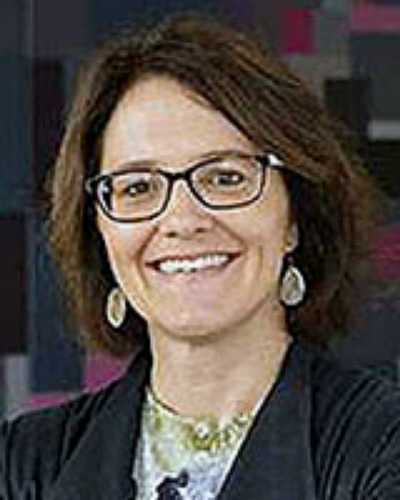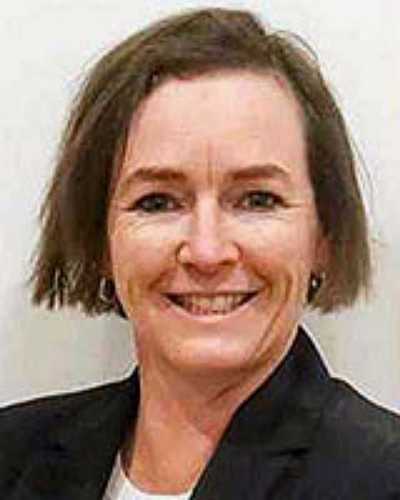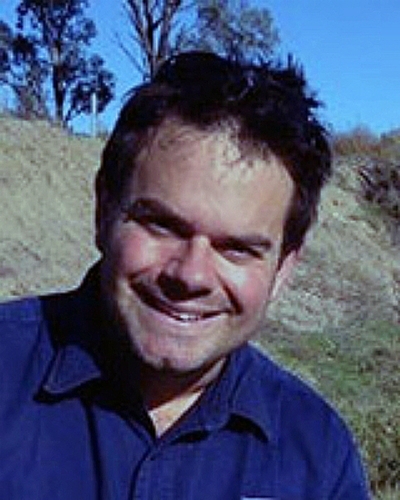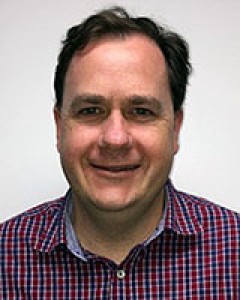early abstract:
Context: There is growing evidence supporting a shift towards ‘grow your own’ approaches to recruiting, training and retaining health professionals from and for rural communities. To achieve this, there is a need for sound methodologies by which universities can describe their area of geographic focus in a precise way that can be utilised to recruit students from their region and evaluate workforce outcomes for partner communities.
Deakin University operates a Rural Health Multidisciplinary Training (RHMT) program funded Rural Clinical School and University Department of Rural Health, with the purpose of producing a graduate health workforce through the provision of rural clinical placements in Western and South-western Victoria. The desire to establish a dedicated Rural Training Stream within Deakin’s Doctor of Medicine course acted as a catalyst for us to describe our ‘rural footprint’ in a way that could be used to prioritise local student recruitment as well as evaluate graduate workforce outcomes specifically for this region.
Issue: In Australia, selection of rural students has relied on the Australian Statistical Geography Standard Remoteness Areas (ASGS-RA) or Modified Monash (MM) Model to assign rural background status to medical course applicants, based on a standard definition provided by the RHMT program. Applicants meeting rural background criteria may be preferentially admitted to any medical school according to admission quotas or dedicated rural streams across the country. Until recently, evaluations of graduate workforce outcomes have also used these rurality classifications, but often without reference to particular geographic areas. Growing international evidence supports the importance of place-based connection and training, with medical graduates more likely to work in a region that they are from or in which they have trained. For universities to align rural student recruitment more strategically with training in specific geographic areas, there is a need to develop precise geographical definitions of areas of rural focus that can be applied during admissions processes.
Lessons learned: As we strived to describe our rural activity area precisely, we modelled the application of several geographical and other frameworks, including the MM, ASGS-RA, Primary Healthcare Networks (PHN), Local Government Areas (LGAs), postcodes and Statistical Areas. It became evident that there was no single geographical or rural framework that: (i) accurately described our area of activity, (ii) accurately described our desired workforce focus, (iii) was practical to apply during the admissions process. We ultimately settled on a bespoke approach using a combination of the PHN and MM to achieve the specificity required. This report provides an example of how a rural activity footprint can be accurately described and successfully employed to prioritise students from a geographical area for course admission. Lessons learned about the strengths and limitations of available geographical measures are shared. Applications of a precise footprint definition are described including student recruitment, evaluation of workforce outcomes for a geographic region, benefits to stakeholder relationships and an opportunity for more nuanced RHMT reporting.
Keywords: universities, rural, medical, graduates, health workforce, Rural Health Multidisciplinary Training, grow your own, rural footprint, social accountability, place-based education





